Over 250 people attended Thursday afternoon’s Teagasc/Irish Farmers Journal BETTER Farm Beef Challenge summer open day which took place on Wesley Browne’s farm, located between Ballybay and Monaghan town.
Two Department of Agriculture Knowledge Transfer-approved walks took place at 2pm and 5pm on Wesley’s 66ha holding and drew in crowds of around 100 people at each walk.
Background
At the first stand on the day, Wesley was joined by his Teagasc BETTER farm adviser Tommy Cox, his local Teagasc adviser Conal Murnaghan and new BETTER Farm Beef Challenge programme manager Martina Harrington from Teagasc.
Wesley says his plan is to stick with his under 16-month bull beef system. Cow numbers have been increasing steadily. Currently at 92. “My plan is to go to 100 cows next year and get over 95 live calves on the ground.” pic.twitter.com/TqfaHzY6xw
— FJ Beef (@FJBeef) July 4, 2019
Here, the main point of discussion was the farm’s system, the progress that has been made since the beginning of the programme and the targets for when the programme concludes.
Wesley explained “there are just over 90 suckler cows on the farm at the moment. The plan is to increase this to over 100 in the next two years".
Continuing on from this, Murnaghan explained the system employed.
"All of Wesley’s bull calves are taken to beef at under 16 months of age,” he said. “They are doing well for him. In 2018, 36 bulls killed out at 398kg and averaged U=3- at 15 months. He is spot on with the specifications.”
Most heifers are used for breeding, either as replacements within Wesley’s herd or sold as potential breeders. A small number are finished for beef.
The third stand on the day featured an in-depth look at breeding, with particular attention being paid to 24-month old calving.
Both Cox and Murnaghan then went through where the farm’s performance is now, and what the target is. Table 1 gives the full details.
Demonstration here on the carbon emissions stand showing comparing protected urea, standard urea and CAN and also showing the application of slurry using a dribble bar #BETTERfarm pic.twitter.com/sihlbM8Bks
— FJ Beef (@FJBeef) July 4, 2019
Beef carbon footprint
Thursday’s walk was also the first time that the carbon footprint of beef was featured at a BETTER Farm event. Obviously this is a topic that is becoming more and more topical and the BETTER Farm Programme has embraced this through the LIFE Beef Carbon project.
Donal O’Brien and Jonathan Herron of the Animal and Grassland, Research and Innovation Centre in Teagasc, Moorepark, presented at the stand.
O’Brien explained that “beef production emits significant volumes of carbon as methane and carbon dioxide gas, and loses nitrogen as nitrous oxide gas. These gaseous emissions trap heat in our atmosphere like glass panes in a greenhouse and are collectively known as greenhouse gases (GHG) or carbon emissions.”
He continued: “Through this research, along with four partner EU countries, our goal is to reduce the carbon footprint of beef farms by 15% over a 10-year period. Twenty farms from phase three of the BETTER Farm Programme are being used to evaluate measures planned to reduce GHG emissions and increase carbon storage.”
Wesley says he sees a massive advantage in spreading with Low emissions dribble bar : “you could spread a field and get it grazed 10 days later. It’s much quicker turnaround compared to splash plate.” #BETTERfarm pic.twitter.com/U4ylyZeYtX
— FJ Beef (@FJBeef) July 4, 2019
Herron then went through the carbon footprint of Wesley Browne’s farm.
“We can see that belching, fertiliser and lime and slurry management account for over three-quarters of the farm’s gas emissions. At the same time, Wesley is feeding 463 people from what he produces and he is storing 29t of carbon.”
Jonathan Herron on carbon emissions: “you can’t just look at the negative on carbon emmissions, you need to look at what these beef farms are contributing.” Wesley’s farm feeds 463 people annually and stores 29t of carbon.” #BETTERfarm pic.twitter.com/GLHrBan0iC
— FJ Beef (@FJBeef) July 4, 2019
He also highlighted that practices such as improving soil fertility, spreading slurry with a dribble bar and spreading protected urea as major positive factors in reducing the farms overall carbon footprint.
A fertiliser and slurry demonstration also took place which looked at the differences of spreading CAN, urea and protected urea (CAN) and slurry using a dribble bar.
The final BETTER Farm summer open day will take place on Thursday 11 July on Harry and Joseph Lalor’s farm in Ballacolla, Co Laois, Eircode R32CX29. Walks will take place at 2pm and 5pm. The event is a DAFM kKnowledge transfer-approved beef event and will feature a look at financial performance, breeding, grassland management, alternative forages and the topical issue of carbon footprint of beef. Live demonstrations will also take place on the day.




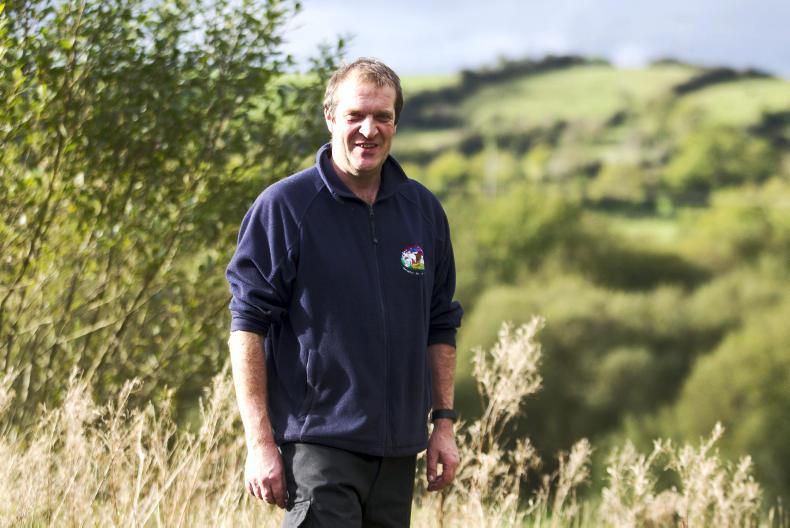
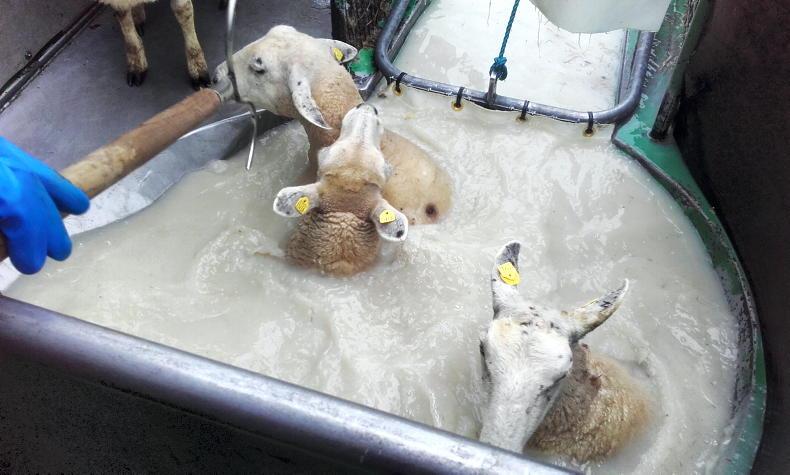

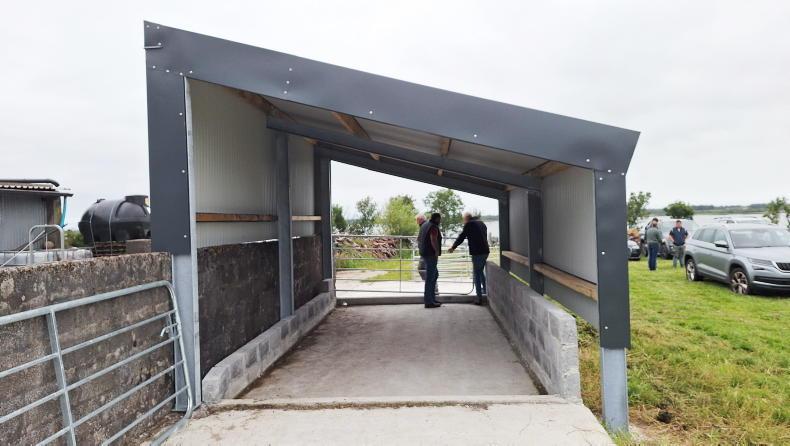
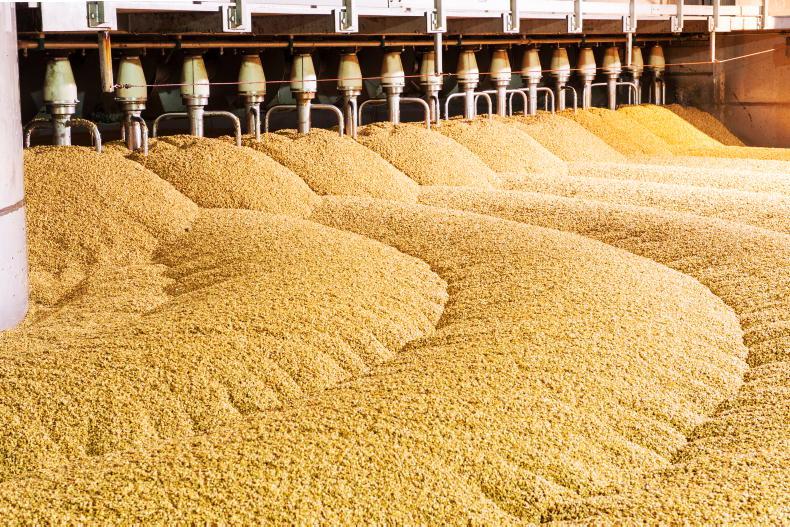
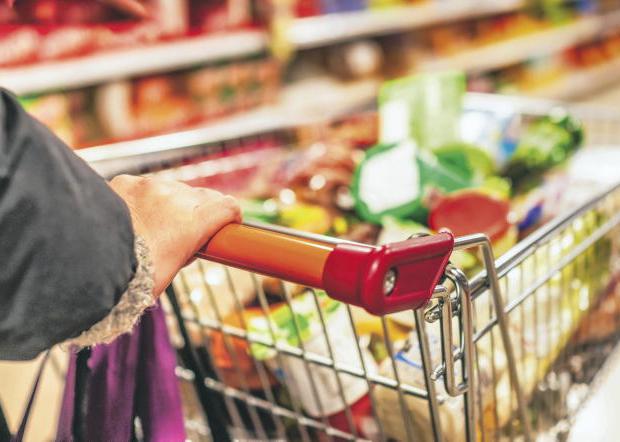
SHARING OPTIONS